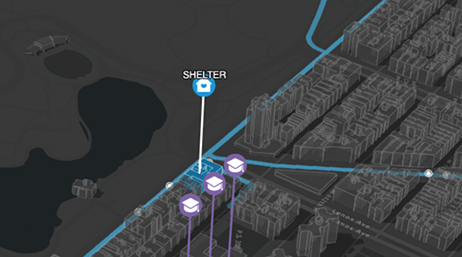
Cool Maps


Science is the basis for fighting climate change together. Esri is committed to providing resources to help create a sustainable future.
Scientists communicate with policy makers and sectors of society by transforming geospatial data into actionable information in geo-enabled apps. Designed to run on the web, smartphones, tablets, and other mobile devices, many of the GIS apps below work on any device with no coding required.
These web applications let you take a close-up look at science topics and observations around the world.

Cool Maps
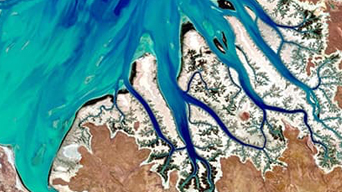
Landsat Explorer
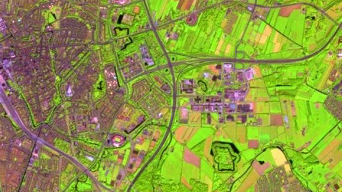
Sentinel Explorer

World Imagery Wayback
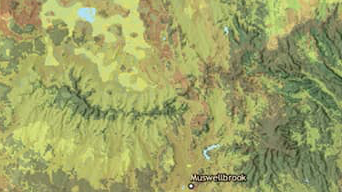
Ecological Tapestry of the World
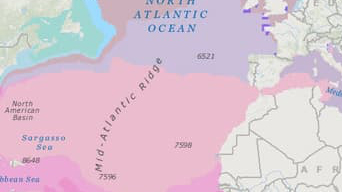
Ecological Marine Unit Explorer
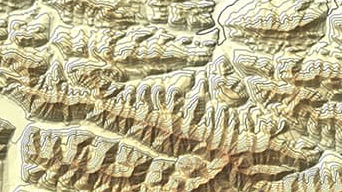
Arctic DEM Explorer
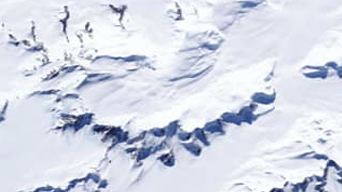
Antarctic REMA Explorer
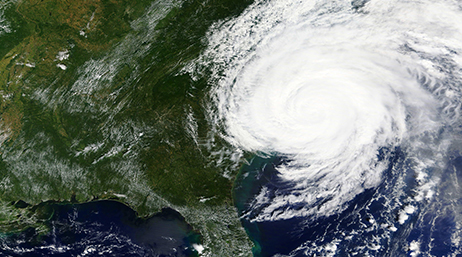
Hurricane Aware
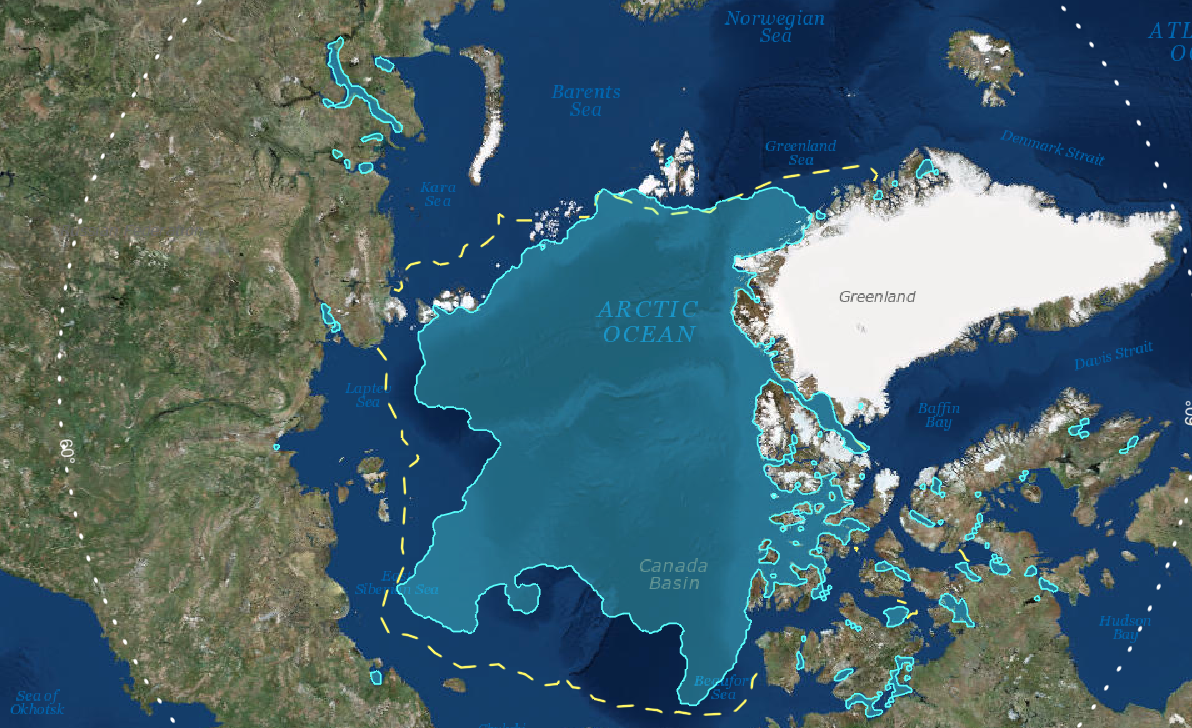
Sea Ice Aware
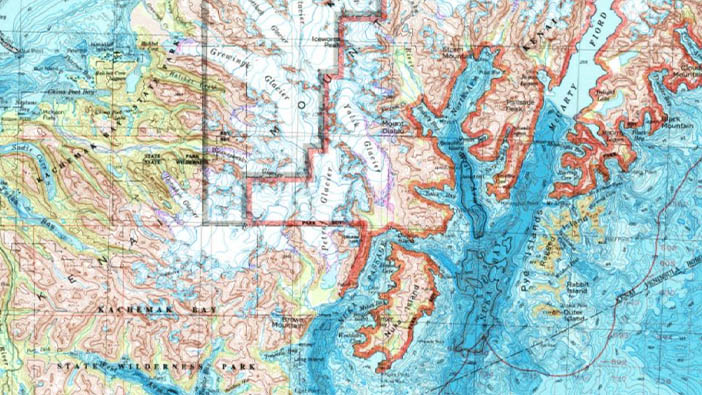
Topobathy Explorer

Manhattan Population Viewer
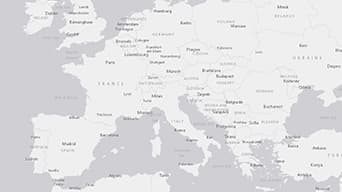
European Climate Adapt Viewer

Explore Mars

US High Tide Flooding Probability Scenarios
These applications allow you to view or perform online analytics on a variety of science subjects.

Distribution Mapping and Analysis Portal

Olympia and Pacific Oyster Portal

CroplandCROS
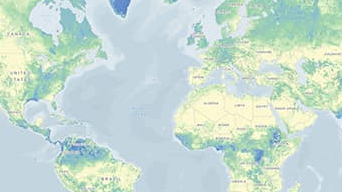
Water Balance App

US Precipitation Forecast

Drought Aware

Heat Waves
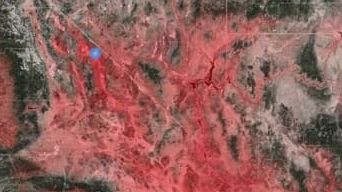
Future Heat Events
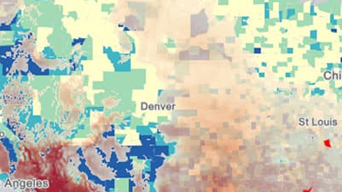
Heat Events and Social Vulnerability
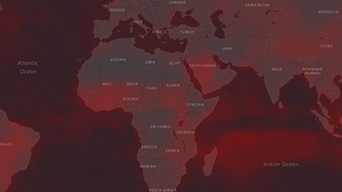
Cumulative Exposure to Climate Change

Intact Habitat Near Me
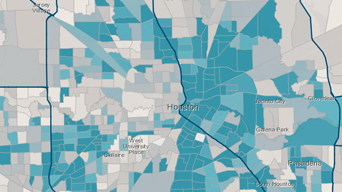
How Green Is Your Community?
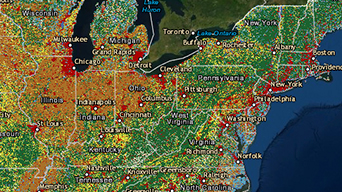
Policy Maps
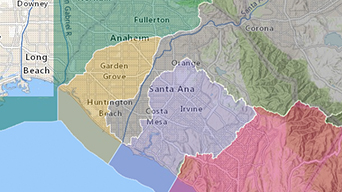
SSURGO Downloader
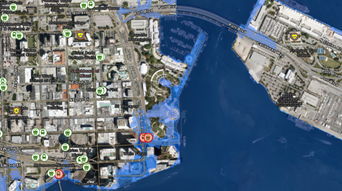
Sea Level Rise and Critical Infrastructure

Interactive Vegetation Change Mapping
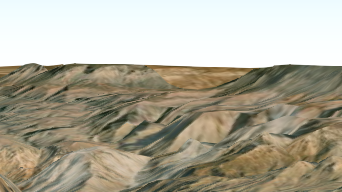
Viewshed Analysis

National Water Model

Compare Global Land Cover Change

The Climate Explorer
These applications increase the use and value of scientific projects and environmental management strategies by providing near real-time displays for monitoring instruments, events, or activities, oftentimes for at-a-glance decision-making.

Coronavirus COVID-19 Global Monitoring

The Science of Coronavirus

WHO Novel Coronavirus Situation

ICAO Coronavirus Web Globe
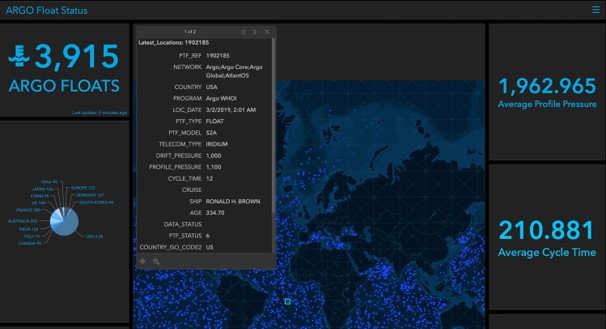
Argo Float Status
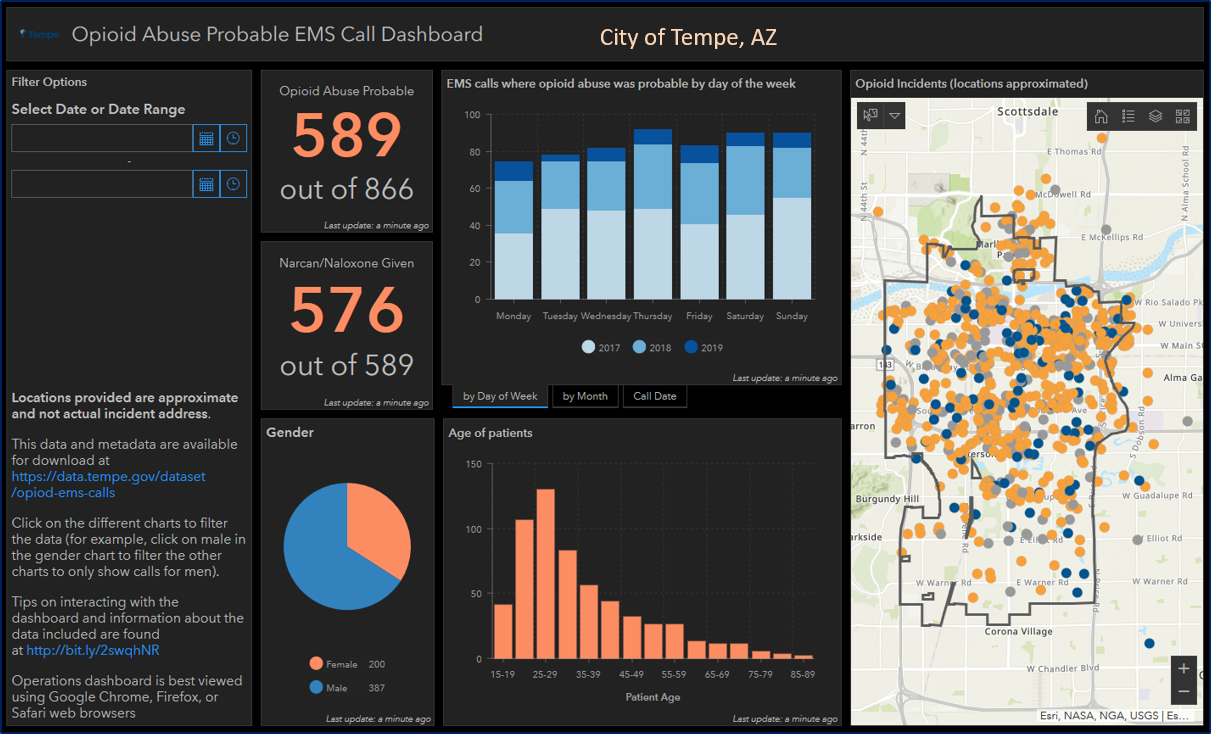
Tempe Opioid Abuse Probable EMS Call
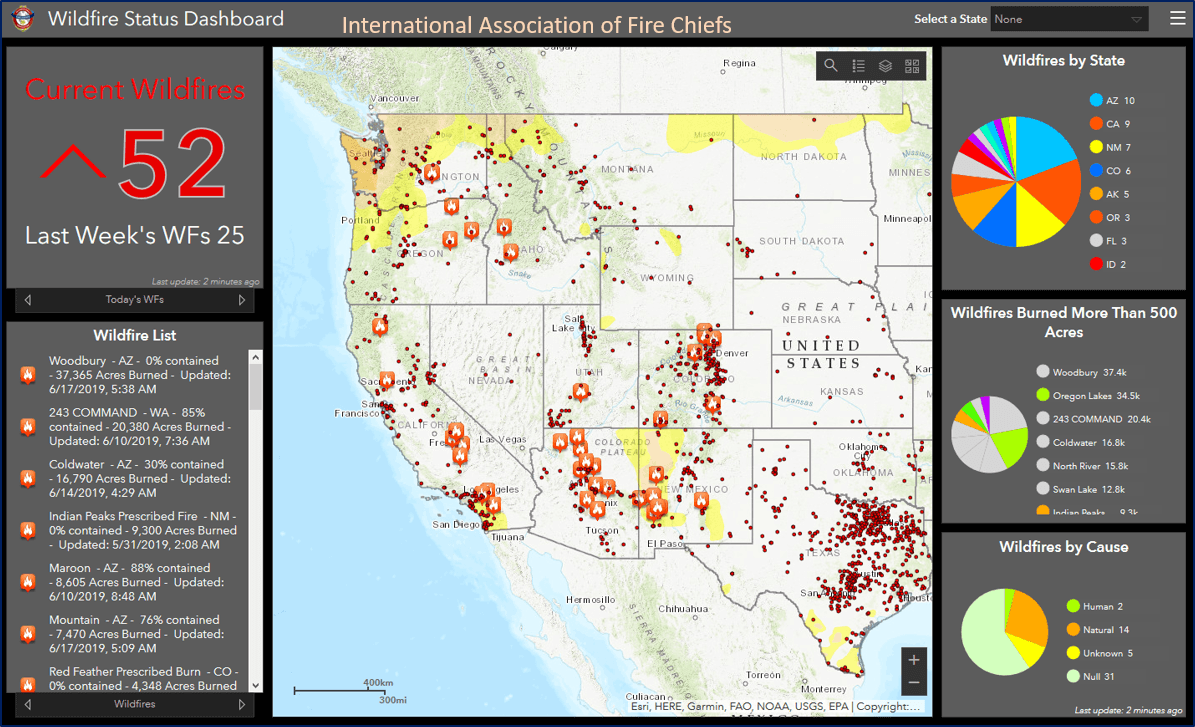
Wildfire Status Dashboard

USDA Forest Inventory Analysis
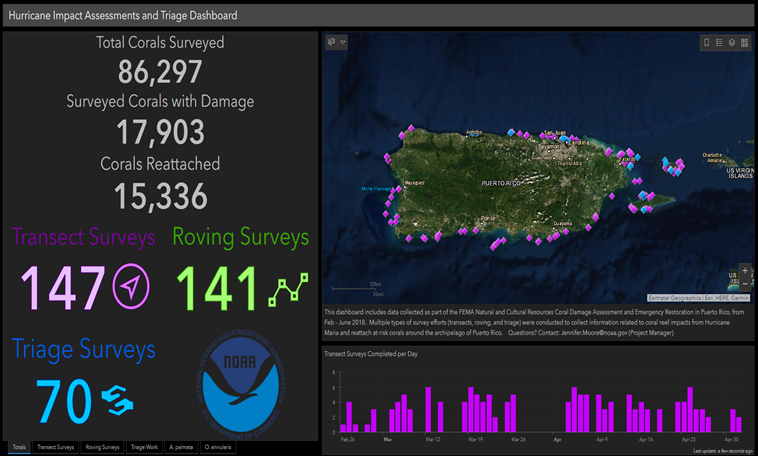
Hurricane Impact Assessments and Triage Dashboard
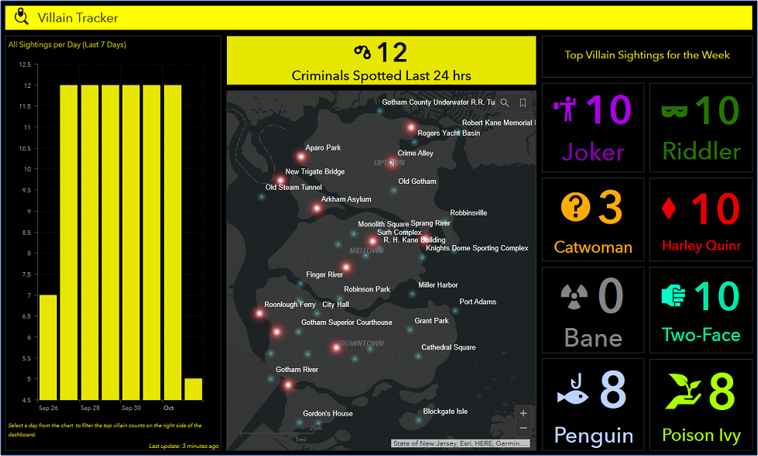
Batman Villains
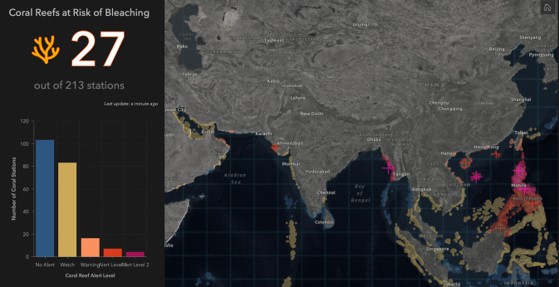
Coral Reefs at Risk of Bleaching
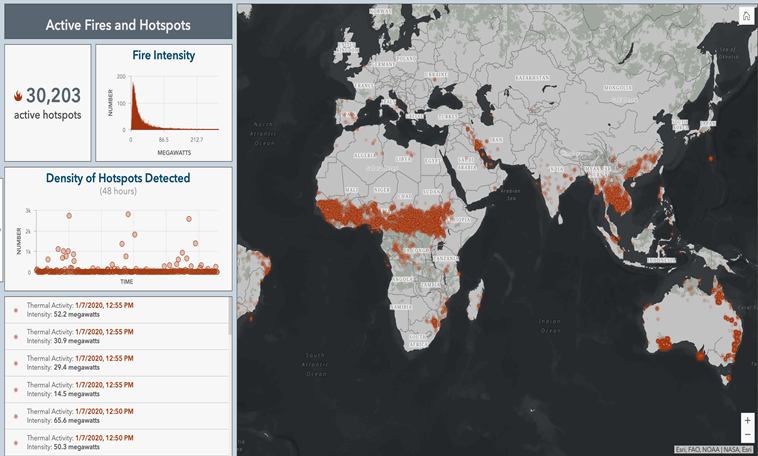
Global Active Fires and Hotspots
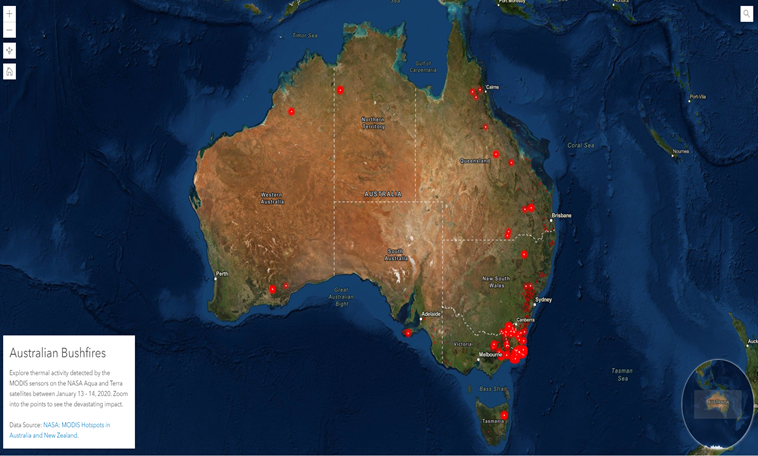
Australian Bush Fires
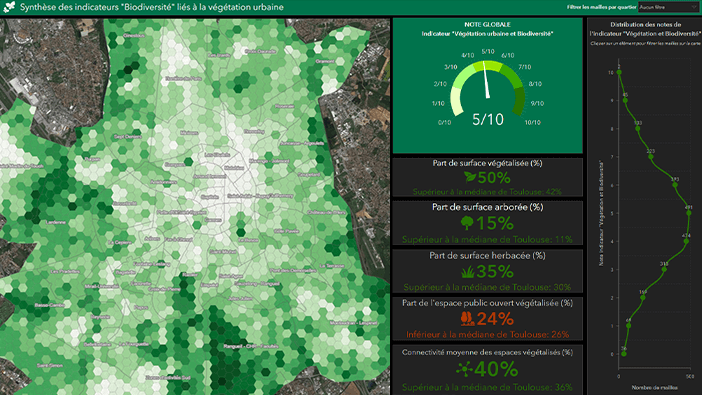
Summary of "Biodiversity"
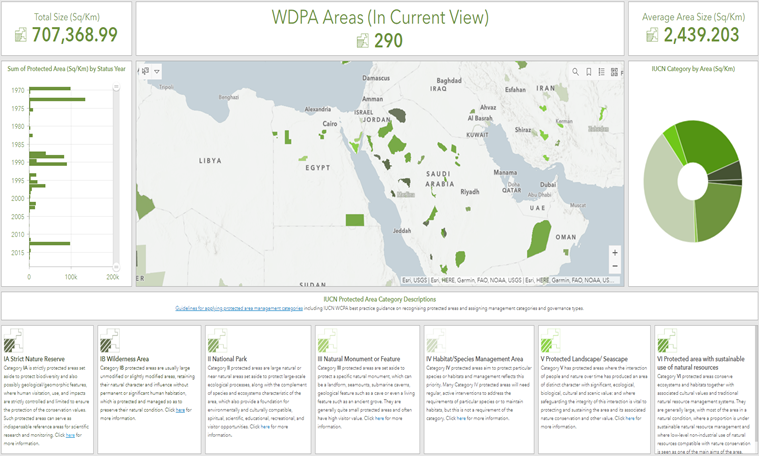
World Database of Protected Areas
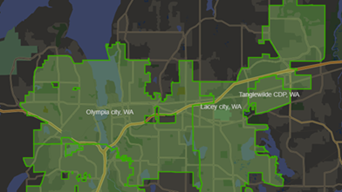
Differential Privacy in the US Census

Austin, TX Onion Creek Flooding Simulation

National Weather Service SAFER Dashboards

Landscape Assessment of AI for Climate and Nature
ArcGIS StoryMaps and Esri Story Maps let you combine authoritative maps with narrative text, images, and multimedia content. They make it easy to harness the power of maps and geography to tell your story. Check out these science-themed stories.

Provisional State of the Global Climate 2022

Community Scientists Observations

Protecting our pristine seas

Addressing the Climate Crisis

COVID-19 Trends for U.S. Counties

The Half-Earth Project

Speaking the "Language" of Spatial Analysis

USA Wildfires

Extreme Heat

Global Heat Action Plans

Action Landscapes

Urban Adaptation Map Viewer

DTN WeatherOps GIS Catalog

The Nature Conservancy Conservation Gateway
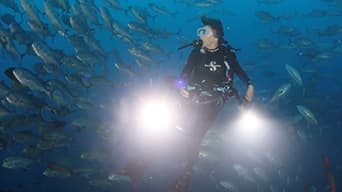
Mission Blue Hope Spots

Nature and Environment

KAZAVA Project

National Geographic Explorer Stories

Earthly Stories

ECCO dashboard

Coronavirus SoS

Geospatial technology. Mapped.

What is Under the Ocean’s Hood?
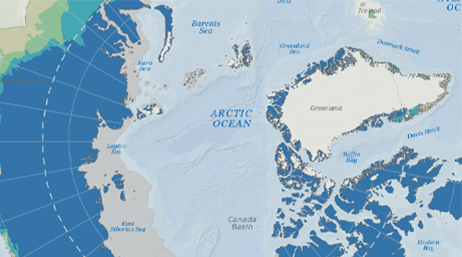
Permafrost in a changing Arctic
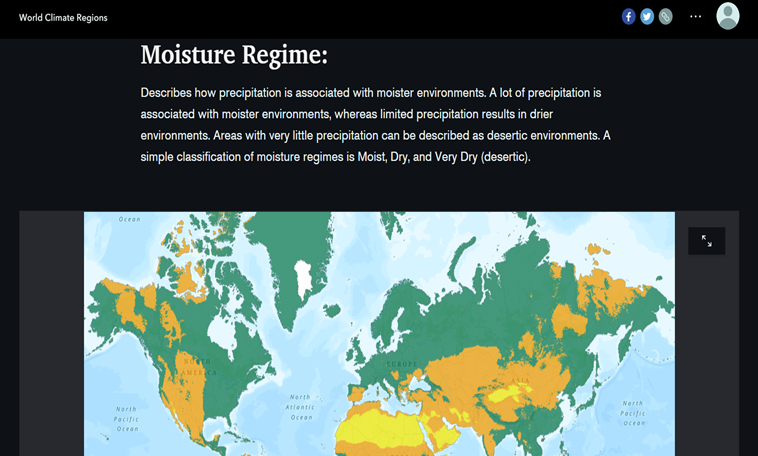
World Climate Regions

Accelerating Agricultural Research

World Terrestrial Ecosystems

NASA Products for the Australian Fires 2019/2020

Spatial Analysis and Differential Privacy

Killer Heat in the United States

Ecological Marine Units

Explore a Tapestry of World Ecosystems

An Ocean of Story Maps
ArcGIS Hub brings open data, web apps, dashboards, StoryMaps, and more into one online platform to help science organizations engage and collaborate more effectively with their communities.
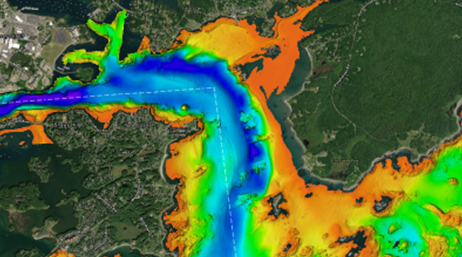
UNH/CCOM-JHC GIS Portal
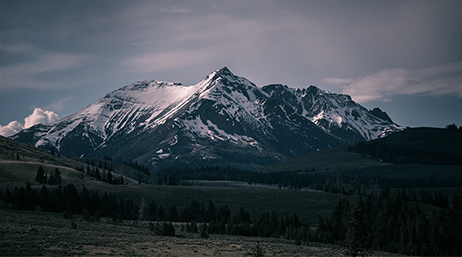
Geospatial Conservation Atlas

Unstable Ground

The Deep Ocean Observing Strategy (DOOS)

Alaska Coastal Mapping Strategy

GIS for Climate

Oceans

Global Earth Challenge

Indexing Critical Coastal Infrastructure

Mapping the Deep with Deep Sea Dawn
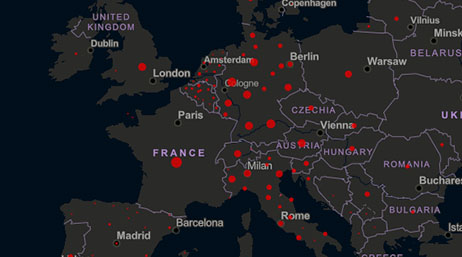
Esri COVID-19 GIS Hub

HHS Protect Public Data Hub

SCDHEC hub